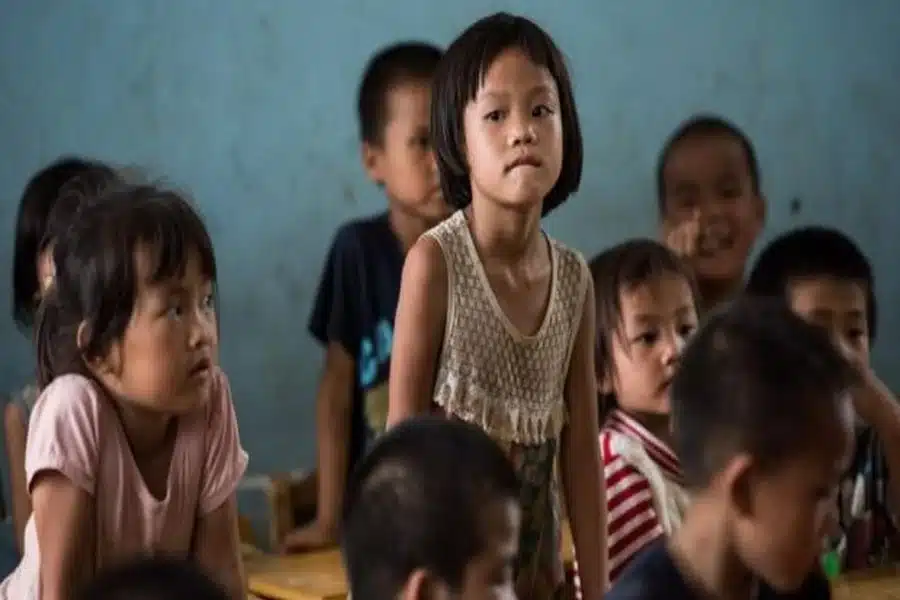When you learn Chinese online, an online Chinese teacher may guide you not only through language and grammar, but also into the subtler aspects of cultural difference—things that can surprise even experienced travelers. One such area is the way people in China view children in public spaces, especially when it comes to taking photos. In the West, photographing someone else’s child—especially without explicit permission—can feel deeply intrusive or even raise legal concerns. In China, however, the same act is often seen not as an invasion of privacy, but as a form of admiration.
This contrast reflects deeper cultural values. In much of the Western world, there is strong emphasis on individual privacy, autonomy, and legal boundaries—especially when it comes to minors. Parents are usually highly protective, and schools, governments, and media all operate under strict rules regarding the publishing or sharing of images involving children. Even casual public photography often leads to awkwardness or suspicion if children are involved.
In China, the boundaries are noticeably different. It’s not uncommon for local parents to be delighted—rather than alarmed—if a foreigner admires their child and asks to take a picture. Some may even initiate the interaction, encouraging their child to wave or smile. The camera is not seen as threatening, but as a way of sharing joy. In a culture where children are treasured as family pride and societal hope, being photographed by an outsider is often interpreted as a compliment—a moment of cross-cultural warmth.
This doesn’t mean that China has no sense of personal boundaries. But rather, there’s a greater sense of collective space—a feeling that public areas are truly communal, and that spontaneous social contact, even involving children, is part of everyday life. In traditional neighborhoods and parks, strangers chat freely, older people help toddlers down steps, and there’s a more relaxed attitude toward personal presence and interaction. A foreigner’s interest is often interpreted not as intrusion, but as friendliness and curiosity.
Of course, this doesn’t give carte blanche to snap photos without consideration. It’s always polite to smile, gesture, or ask before taking a picture—especially in more private or rural settings. But compared to Western norms, the social response is generally far more welcoming.
GoEast Mandarin may touch on these nuances when helping students prepare for travel or relocation. GoEast Mandarin is a language school in Shanghai, also offering online classes. Knowing how behaviors may be interpreted—differently than in one’s home country—can turn a potential misunderstanding into a moment of connection.
Ultimately, this cultural difference isn’t just about photography—it reflects how societies view trust, community, and the roles of children in public life. While Western cultures tend to prioritize safety through boundaries, Chinese society often expresses care and safety through openness and mutual appreciation. As always, the key lies in observing with respect, asking with kindness—and being open to the surprising warmth that can emerge from simple, everyday encounters.
Explore the cultural differences in photographing children between China and the West. Learn how traditions, values, and social norms shape this unique visual practice.



